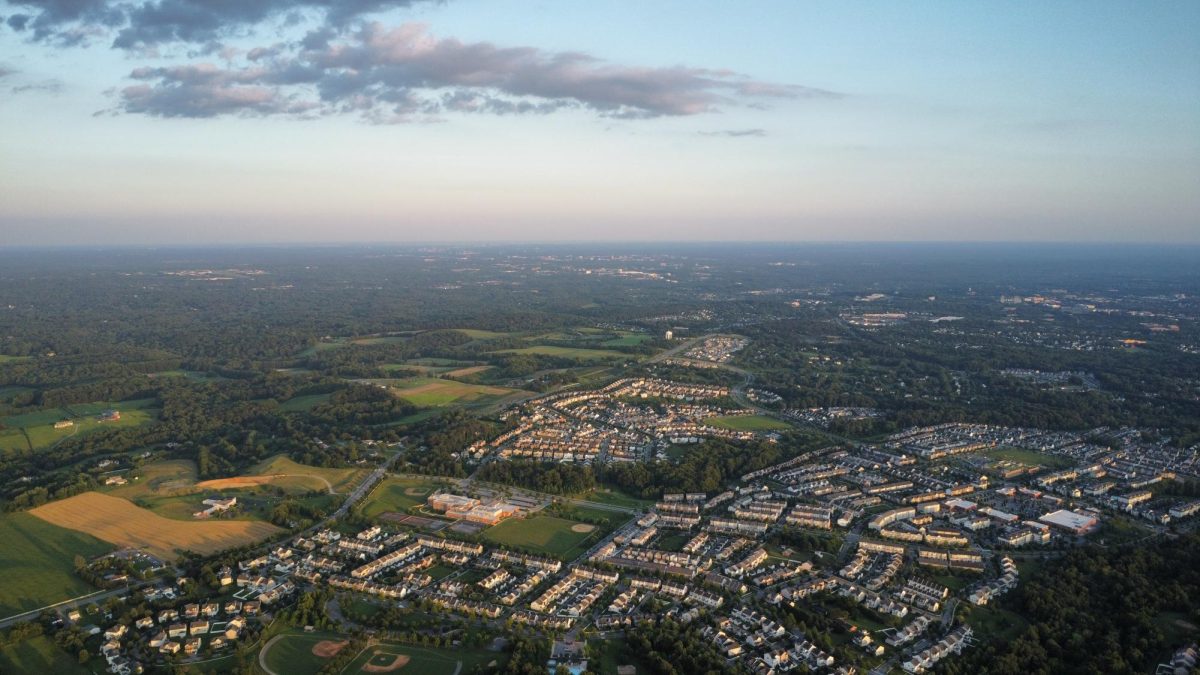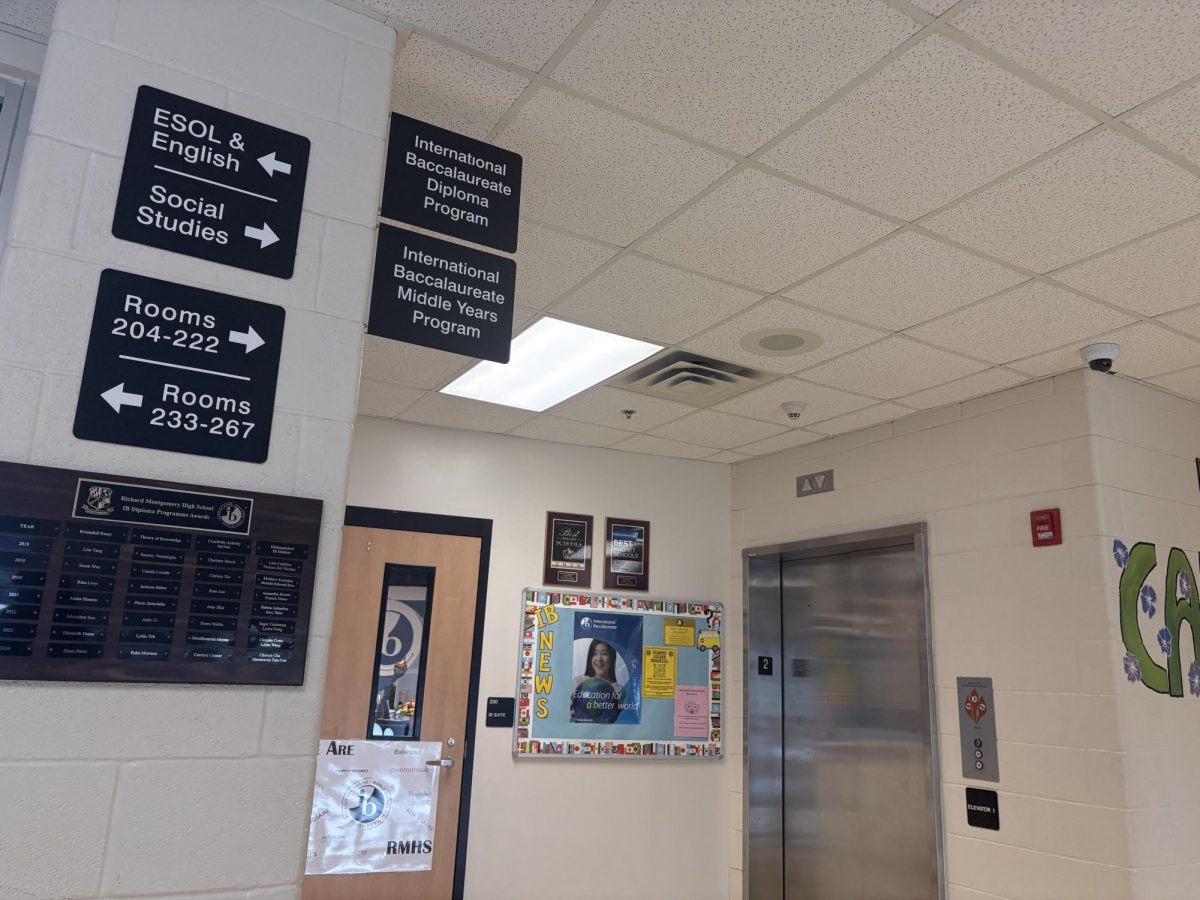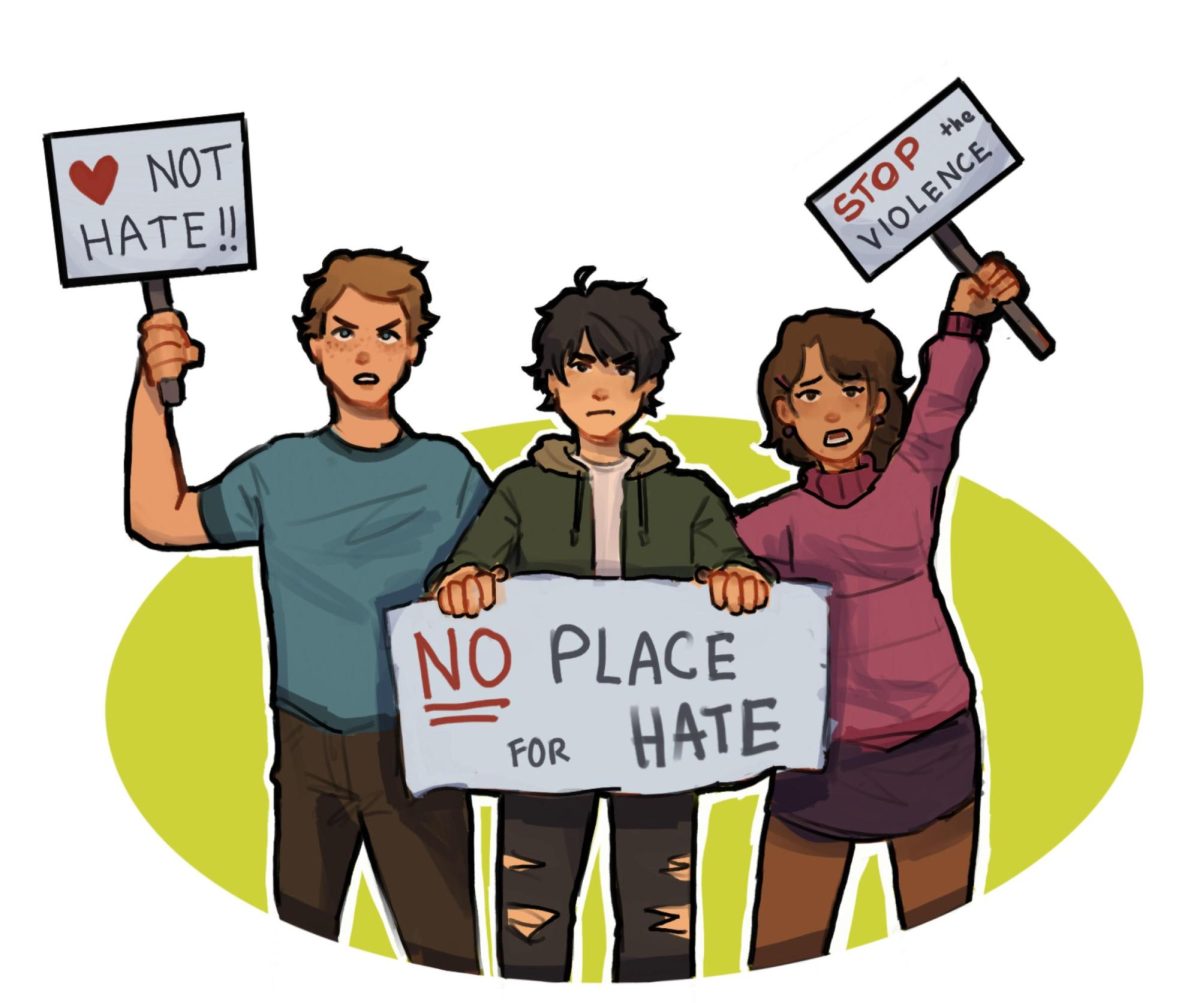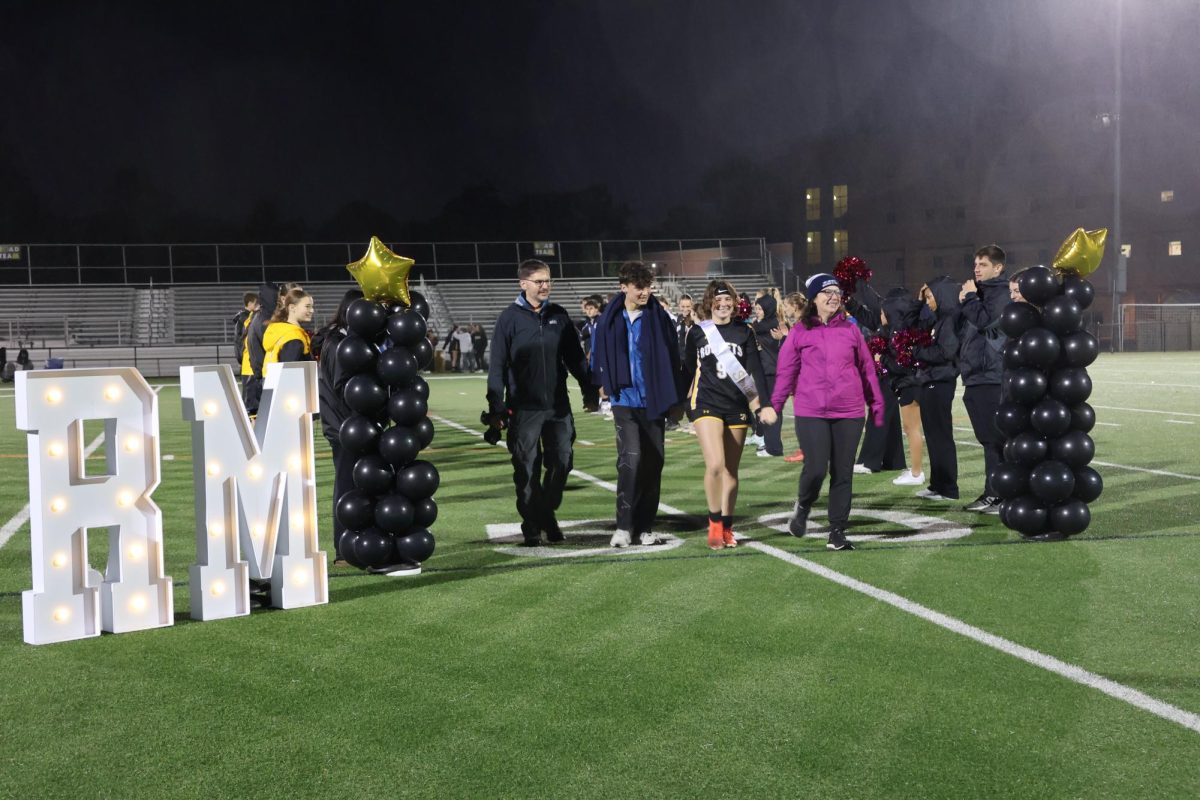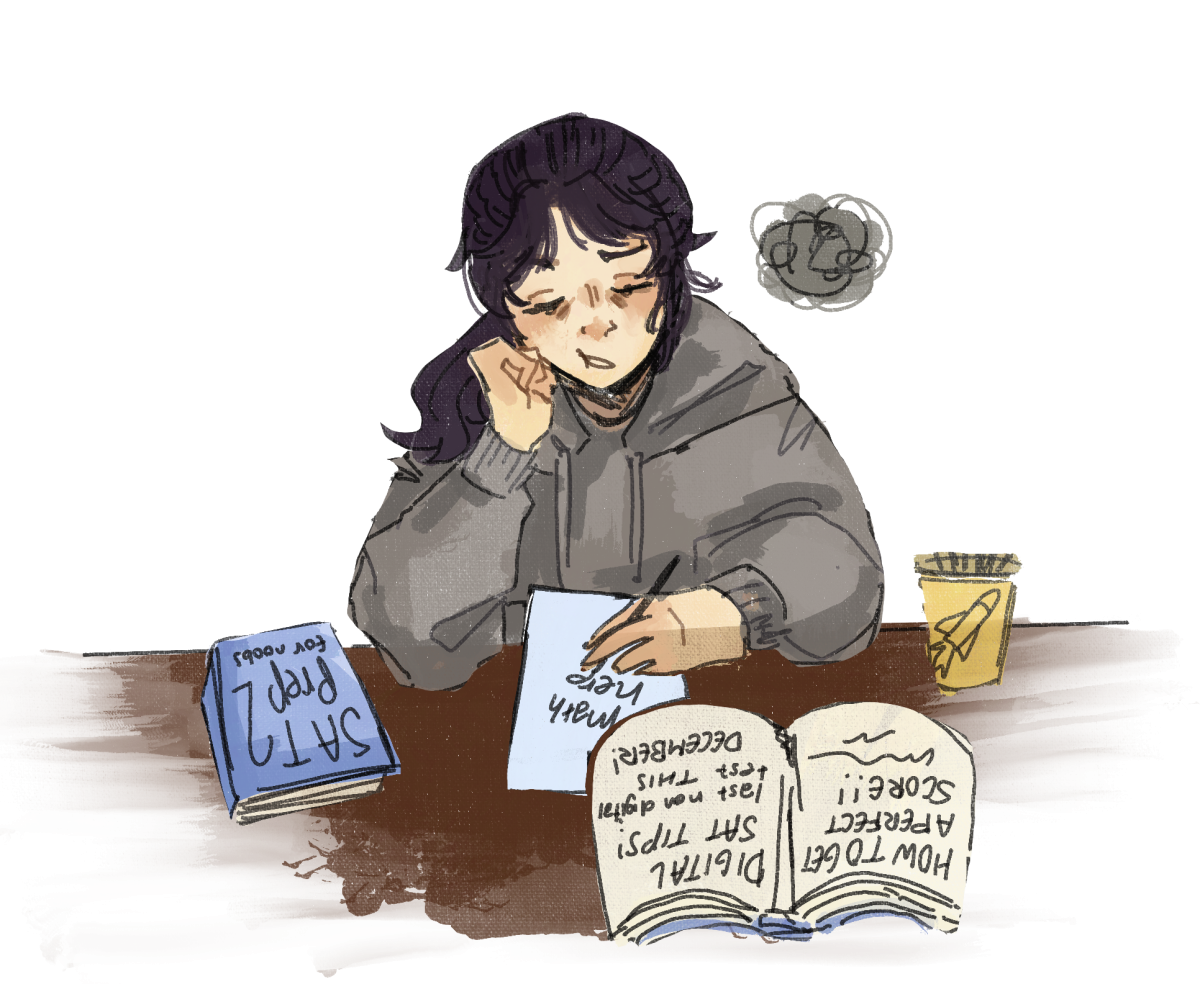Last summer, the University of Chicago sent a letter to the entire incoming freshman class, advising students that trigger warnings and safe spaces have no place on campus in order to preserve freedom of expression. The ensuing controversy, as well as numerous recent ordeals at other high-profile universities, has sparked debate over the fine line between sensitivity and freedom. Safe spaces and trigger warnings can be exceedingly helpful when carefully balanced with expression.
The University of Chicago’s pivotal mistake with their letter was their vague definition of safe spaces. Trigger warnings and safe spaces, being relatively new concepts, are ambiguous and tend to vary from person to person. “Because there’s no real definition, everyone was confused,” University of Chicago freshman Noah Levine commented. “They said [safe spaces are] where you cannot be criticized. Most students understand safe spaces to mean where you’re not going to be personally attacked.”
There is an important distinction between the two definitions. While a setting in which people’s views may not be criticized is detrimental to enlightening discussion and debate, a place where participants are sheltered from personal attack is vital to safety and civility.
“Recently, a bunch of people put Nazi far-right posters up on campus and they were taken down by the university,” Levine continued. “The university is a safe space in the respect that you can’t go up to people and harass them.”
Many people would disagree with this broad definition of the term, asserting that minorities or survivors of traumatic events would be more susceptible to offensive actions. Safe spaces may also take the form of specific groups in which students of similar backgrounds share their particular experiences or identity. While they exclude those that do not belong to that group, students in the group have an opportunity to seek comfort and community in an emotionally safe setting. Before our society and educational institutions can fully address trigger warnings and safe spaces, everyone must agree on exactly what those ideas constitute.
The University of Chicago did not change any policy. Professors still have the freedom to give or not to give trigger warnings. Students also still can organize themselves into safe-space clubs or groups if they wish. The point that the University of Chicago attempted to drive home, which got hopelessly lost amid the muddled definitions, is the collisions of different backgrounds, perspectives, beliefs, and views that occur daily on a college campus. “College is a time where you can meet people who don’t necessarily agree with you,” Levine commented. “You can get out of the liberal bubble of Montgomery County and meet more conservative people or just people who have different views.”
“College is a place to make students uncomfortable, to make them push themselves, to force them outside of their comfort zone,” said sophomore Gilliam Smith. “Anything can be a so-called trigger, so I think trigger warnings aren’t helpful and take away from the learning experience.”
College is commonly a young adult’s first independent experience away from home, because they get to interact with a multitude of different people. While many campuses are a haven for their students, with top-of-the-line facilities and beautiful architecture, universities attempt to emulate the real world, and the real world is often offensive, intolerant, different, and scary.
“In real life, people might not know your triggers or are not respectful of your triggers,” added sophomore Grant Yang. “If people use trigger warnings at school then you won’t develop a coping mechanism and it will remain a trigger. People can exploit your weaknesses if you’ve received the harsh realities of society but sugarcoated.”
Safe spaces can be therapeutic for students. Minorities and other individuals that may demand these settings should be accommodated when necessary. “Safe spaces are good, but I think it’s important for the sake of debate to learn that people can defend their views,” commented a sophomore who wishes to remain anonymous. “Not talking about a subject because it might be triggering is censorship.” It is vital that administrators draw a line between promoting safety and creating a bubble for students to run for cover when they encounter somebody who does not agree with them.
“A lot of people have different opinions based on their backgrounds,” Levine said. “Then it’s important that everyone gets to speak their mind.” No matter what their political affiliation, religious beliefs, or moral ethics is, young adults who are preparing to enter a melting-pot society must consider other perspectives in order to grow as an independent thinker. In our current polarized society, discussions with people from numerous backgrounds can spark empathy and cultivate a generation for change.
Discussion and communication about a myriad of issues sparks awareness and, consequently, progress. Without a continuous dialogue, our society will not move forward. “With trigger warnings, society will recess to a time when talking about rape or war is taboo,” continued Yang. “People will ignore it like it’s not a problem. If there’s going to be change we can’t put a giant warning label on it.”
Sophomore Rose Kelly agreed, saying that “it’s especially important to talk about issues like rape on campuses because it’s such a pervasive issue. Constructive conversation comes from being uncomfortable.”
Some students feel that trigger warnings are helpful for students’ health and safety. “It’s not like trigger warnings prevent dialogue from happening,” remarked sophomore Emily Troutman. “It just warns people that said dialogue might contain sensitive topics. It’s undeniable that people have extreme emotional reactions to certain topics because of their experiences.”
Then, this creates the question, what about intolerant beliefs? Today, racism, sexism, or other forms of discrimination are unacceptable. However, individuals in the real world have the freedom to be intolerant if they wish to express these beliefs without harming themselves or others. Should college campuses follow suit in order to emulate real life, or should intolerance be persecuted by the administration?
“There was [a speaker] at Virginia Tech who was prevented from speaking. He was going to speak about how black people are biologically inferior to white people. By allowing very controversial people to speak, the university is dignifying their point of view by giving them a platform. He’s not there to have an academic discussion. He’s not there to be factually correct. And the university is providing money for [him] to come,” Levine said.
It is inappropriate for institutions to actively promote, encourage, or validate intolerant behavior. However, it would be unacceptable to shelter students from this behavior and punish those who express these views, given that no one was harmed or harassed. College is a time to develop an independent identity, to question others and even yourself. “Sugarcoating someone’s environment really does not help them in the long run. It’s a very short term solution,” continued Smith.
While racism, sexism, homophobia, or other discriminatory views are insupportable, it is not in the universities’ jurisdiction to restrict freedom of expression. Many people in society share these views and while students may have been sheltered from these discriminatory views in their youth, they must come to terms with reality and prepare themselves to deal with this fact. Exposure to a myriad of different beliefs results in an accurate and realistic evaluation of our nation’s progress, which in turn can help future leaders formulate paths to change.
While too many or too sheltered safe spaces should not be permissible, trigger warnings should always be an encouraged option for professors. Many students have experienced traumatic events and should have the option to shield themselves from high emotional stress. College students are adults. If they wish to leave a lecture or skip a reading, that choice should always be available to them. Trigger warnings would lessen students’ fears that they may experience trauma-induced panic in the classroom.
There is a distinct difference between the importance of trigger warnings and safe spaces. Trigger warnings preserve student health and can more directly help a wide-range of people. ” Safe spaces, being more ambiguous, provide a setting to share experiences without fear of judgement or being attacked.
As long as safe spaces are structured and confined to a certain club, place, or time, they can be helpful without encroaching on personal freedoms. Educational institutions want to promote emerging leaders and free-thinking individuals; however, this is rarely done without hurting anybody’s feelings. Safe spaces should be accommodated but limited, in order to create a more empathetic and worldly student body, who will consequently be better apt to lead others to change and progress.
By: Isabella Levine




